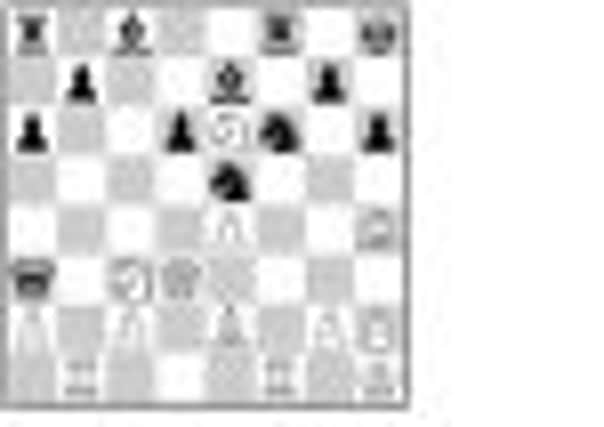Chess - The Scotsman 13/02/2012


WHEN I first started playing chess back in the early 1970s at the height of the Bobby Fischer frenzy, the Najdorf variation of the Sicilian Defence was de rigueur at almost every level of play, not least because it was a big personal favourite of the American World champion.
It was named after the Polish-Argentinian GM Miguel Najdorf, but there’s no doubt that it owes its popularity to the late, great Fischer. Both Fischer and Garry Kasparov pioneered many complicated Najdorf lines, one of the most controversial being the Poisoned Pawn variation.
Advertisement
Hide AdAdvertisement
Hide AdThe “Poisoned Pawn” tag came about because it breaks three conventions of the game taught to novices when they first learn to play: First, don’t bring out your queen too early; secondly, don’t make too many moves with the same piece in the opening; and last, don’t ever take a b-pawn in the opening.
It was all but “played out”, though, at elite levels, with the theory on it being so deep and mostly computer-generated. But the Poisoned Pawn has made a comeback of sorts in the past couple of years, thanks to a modern twist of throwing a little spanner in the works with the addition of 7...h6 - and this rather innocent looking move dramatically changes the complications. And it seems those complications are favouring Black, with many impressive wins with it. But White is beginning to strike back, none more impressively than today’s brilliancy from the recent Gibraltar Masters, as the Poisoned Pawn more than lived up to its name.
E Berg - M Vachier Lagrave
Tradewise Gibraltar Masters, (10)
Sicilian Defence, Poisoned Pawn
1 e4 c5 2 Nf3 d6 3 d4 cxd4 4 Nxd4 Nf6 5 Nc3 a6 6 Bg5 e6 7 f4 h6 8 Bh4 Qb6 9 Qd3 Qxb2 10 Rb1 Qa3 11 f5 Be7 12 fxe6 fxe6 13 Be2 0–0 14 0–0 Kh8 15 Kh1 Nbd7 16 Nxe6! Ne5 17 Nxf8 Nxd3 18 Ng6+ Kh7 19 Bxd3 Kxg6 20 e5+ Kh5 21 exf6 Bxf6 22 Bxf6 gxf6 23 Rb3 Qa5 24 Rxf6 Bd7 25 Ne4 Bg4 26 h3 Rg8 27 hxg4+ Rxg4 28 Be2 Qe1+ 29 Kh2 1–0